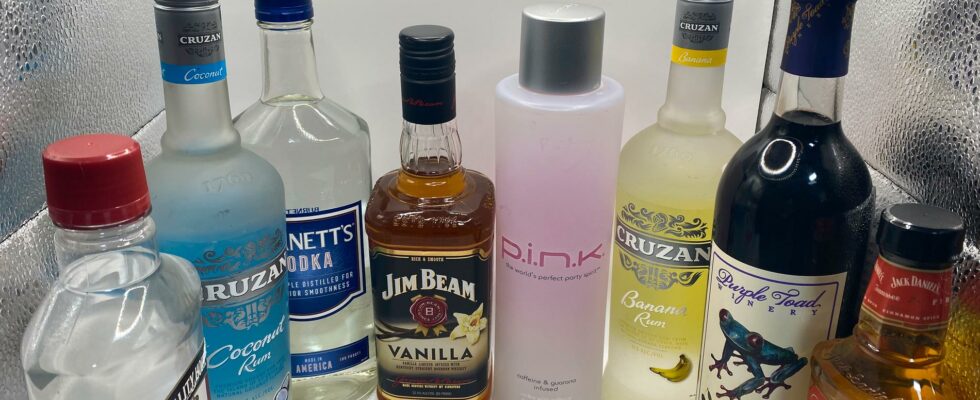unsaveSave
expand-left
full screen
chevron-rightnext
Seized alcohol in the US state of Kentucky in November.
1 / 2Photo: Kentucky Public Protection Cabinet/AP/TT
The alcohol debate is turning up in the US.
Alcoholic beverages should be labeled with the same cancer warnings as cigarette packages, the head of the US public health authority believes.
The play is the latest in a lively debate about the risks of moderate drinking before the United States’ national dietary guidelines are to be updated, writes The New York Times.
For decades, advice on alcohol has relied on old theories that moderate drinking is linked to fewer deaths from stroke and heart attack. However, a growing number of studies have shown clear links between drinking – even within recommended limits – and various types of cancer.
Written in 1988
According to Vivek Murthy, director of the federal public health agency HHS, alcohol contributes to 100,000 cancer cases and 20,000 related deaths annually.
Therefore, he wants to see increased warnings on the bottles.
– Many assume that there are no health risks as long as they stay within the current guidelines of one unit a day for women and two for men, Murthy told The New York Times.
In addition to today’s alcohol warnings aimed primarily at drivers and pregnant women – warnings that in the US have not been updated since 1988 – consumers should be informed about the increased risk of, among other things, breast, colon and rectal cancer, he believes.
Don’t drink
For it to become a reality, the US Congress must take a position on the issue, and it is unclear whether the new government supports Murthy’s proposal.
However, neither President-elect Donald Trump nor Health Secretary-designate Robert F. Kennedy drinks alcohol, notes The New York Times.
According to the World Health Organization (WHO), no amount of alcohol is “safe” to drink. A number of studies have shown that the risk of cancer types where alcohol passes through the body, such as mouth, throat, bowel, liver, rectal and breast cancer, increases with each glass.
FACT Recommendations in Sweden
According to the National Board of Health and Welfare’s recommendations, the healthcare system should offer support to people who have a risky use of alcohol.
Risky use of alcohol is defined as drinking any of the following: 10 standard glasses or more per week, or 4 standard glasses or more per drinking occasion once a month or more often. The limits are the same for both men and women.
However, there are times when alcohol should be avoided completely, for example before the age of 18, during pregnancy and before an operation.
A standard glass of alcohol contains 12 grams of pure alcohol. This corresponds to, for example, 50 cl of folk beer, 33 cl of strong beer, a small glass of wine or 4 cl of spirits.
The National Board of Health and Welfare previously classified consumption that exceeds 14 standard glasses per week for men and 9 standard glasses for women as risky consumption, i.e. 15 and 10 glasses respectively.
Source: National Board of Health and Welfare
Read more
